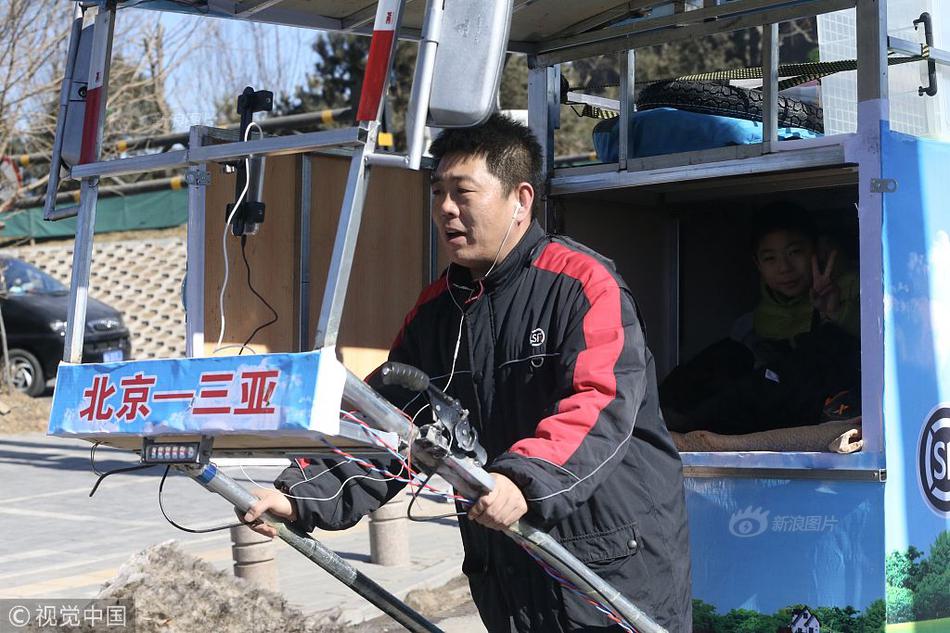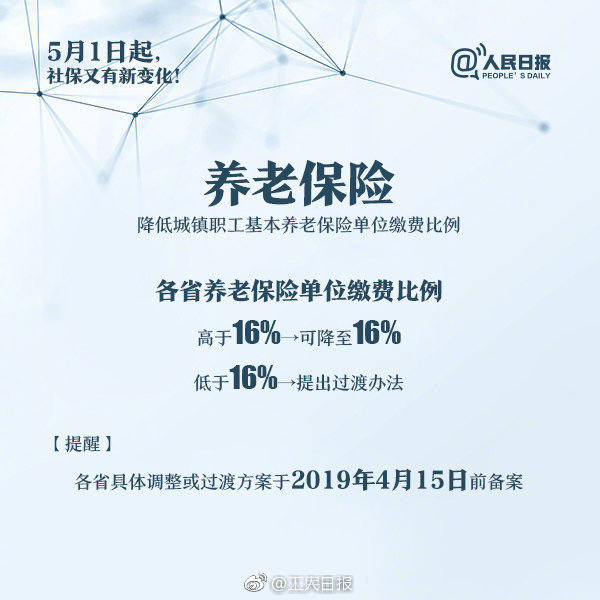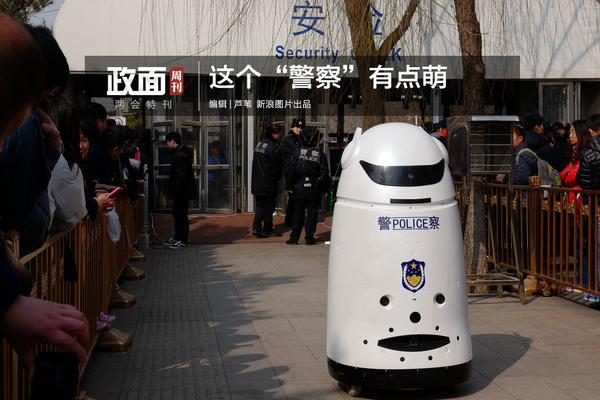
1. Pure electric vehicles do not have an engine, but there is a motor. Simply put, it is similar to a battery car.The following is the working principle of a pure electric vehicle: the electric vehicle drives the vehicle through the battery-current-power regulator-motor-power transmission system to complete its work.
2. Pure electric vehicles do not have engines, only motors. The working principle of pure electric vehicles: electric vehicles drive vehicles through battery current, power regulator and motor power transmission system to complete the work. A motor is a device that converts the electrical energy provided by the power supply into mechanical energy. The power supply provides electricity for the motor, which is the driving mechanism of electric vehicles.
3. Electric cars don't have engines, but they have electric motors, which are simply similar to battery cars. Electric vehicles drive cars through the battery current power regulator motor power transmission system to drive the car. A conclusion can be drawn from its work: that is, pure electric vehicles are directly driven by the motor.
1. Electric vehicles do not have engines, but they have electric motors, which are simply similar to battery cars. Electric vehicles drive cars through the battery current power regulator motor power transmission system to drive the car. A conclusion can be drawn from its work: that is, pure electric vehicles are directly driven by the motor.
2. As the power source of new energy vehicles, the quality of motors determines how far new energy vehicles can go. Coupled with the rapid development of electric vehicles in recent years, the importance of motors is self-evident. At present, there are two main types of motors used in new energy vehicles on the market, permanent magnet synchronous motors and AC asynchronous motors.
3. Electric motor is an important part of new energy vehicles. It is a key equipment that converts electrical energy into mechanical energy to drive vehicle operation. At present, the electric motors commonly used in new energy vehicles mainly include three types, namely asynchronous motors, synchronous motors and permanent magnet synchronous motors.

New energy vehicles have no engines, no engines.New energy vehicles do not have engines, but they have electric motors. Working principle: battery-current-power regulator-motor-power transmission system-drive car (Road).
New energy models do not have engines, while new energy models have electric motors. New energy models drive motor vehicles through electric motors. The main power source is the battery. The main difference between new energy models and fuel vehicles is the power system. New energy models can achieve zero emissions.
Yes. At present, there are two types of new energy vehicles. One is a pure electric vehicle. This kind of new energy vehicle does not have an engine. It is generated by a high-voltage battery pack that supplies power to the drive motor. This kind of vehicle does not need an engine at all.
New energy vehicles do not have engines, new energy vehicles have motors, and new energy vehicles drive motors through motors.The main energy source is the battery. The main difference between new energy vehicles and fuel vehicles is the power system. There are four types of new energy vehicles that can achieve zero emission.
New energy vehicles do not have engines, only electric motors. The main power source of new energy vehicles is the battery. The main difference between new energy vehicles and fuel vehicles is the power system, which can achieve zero emissions.
New energy vehicles do not have engines, but they have motors. The working principle of new energy vehicle motor: battery-current-power regulator-motor-power transmission system-driving vehicle on the road. One of the cores of electric vehicles is the power transmission system, which is different from traditional fuel vehicles.
*HS code-based compliance in Asia-Pacific-APP, download it now, new users will receive a novice gift pack.
1. Pure electric vehicles do not have an engine, but there is a motor. Simply put, it is similar to a battery car.The following is the working principle of a pure electric vehicle: the electric vehicle drives the vehicle through the battery-current-power regulator-motor-power transmission system to complete its work.
2. Pure electric vehicles do not have engines, only motors. The working principle of pure electric vehicles: electric vehicles drive vehicles through battery current, power regulator and motor power transmission system to complete the work. A motor is a device that converts the electrical energy provided by the power supply into mechanical energy. The power supply provides electricity for the motor, which is the driving mechanism of electric vehicles.
3. Electric cars don't have engines, but they have electric motors, which are simply similar to battery cars. Electric vehicles drive cars through the battery current power regulator motor power transmission system to drive the car. A conclusion can be drawn from its work: that is, pure electric vehicles are directly driven by the motor.
1. Electric vehicles do not have engines, but they have electric motors, which are simply similar to battery cars. Electric vehicles drive cars through the battery current power regulator motor power transmission system to drive the car. A conclusion can be drawn from its work: that is, pure electric vehicles are directly driven by the motor.
2. As the power source of new energy vehicles, the quality of motors determines how far new energy vehicles can go. Coupled with the rapid development of electric vehicles in recent years, the importance of motors is self-evident. At present, there are two main types of motors used in new energy vehicles on the market, permanent magnet synchronous motors and AC asynchronous motors.
3. Electric motor is an important part of new energy vehicles. It is a key equipment that converts electrical energy into mechanical energy to drive vehicle operation. At present, the electric motors commonly used in new energy vehicles mainly include three types, namely asynchronous motors, synchronous motors and permanent magnet synchronous motors.

New energy vehicles have no engines, no engines.New energy vehicles do not have engines, but they have electric motors. Working principle: battery-current-power regulator-motor-power transmission system-drive car (Road).
New energy models do not have engines, while new energy models have electric motors. New energy models drive motor vehicles through electric motors. The main power source is the battery. The main difference between new energy models and fuel vehicles is the power system. New energy models can achieve zero emissions.
Yes. At present, there are two types of new energy vehicles. One is a pure electric vehicle. This kind of new energy vehicle does not have an engine. It is generated by a high-voltage battery pack that supplies power to the drive motor. This kind of vehicle does not need an engine at all.
New energy vehicles do not have engines, new energy vehicles have motors, and new energy vehicles drive motors through motors.The main energy source is the battery. The main difference between new energy vehicles and fuel vehicles is the power system. There are four types of new energy vehicles that can achieve zero emission.
New energy vehicles do not have engines, only electric motors. The main power source of new energy vehicles is the battery. The main difference between new energy vehicles and fuel vehicles is the power system, which can achieve zero emissions.
New energy vehicles do not have engines, but they have motors. The working principle of new energy vehicle motor: battery-current-power regulator-motor-power transmission system-driving vehicle on the road. One of the cores of electric vehicles is the power transmission system, which is different from traditional fuel vehicles.
*HS code utilization in digital trade documents
author: 2024-12-24 01:50Benchmarking competitors’ trade volumes
author: 2024-12-24 00:41Europe import export statistics
author: 2024-12-23 23:49Pharmaceutical intermediates HS code mapping
author: 2024-12-23 23:40Latin American HS code alignment
author: 2024-12-23 23:22HS code classification for electronics
author: 2024-12-24 01:06Construction materials HS code references
author: 2024-12-24 00:25How to identify tariff loopholes
author: 2024-12-24 00:09Real-time import export alerts
author: 2024-12-23 23:58Global supply chain security insights
author: 2024-12-23 23:22 Best global trade intelligence for SMEs
Best global trade intelligence for SMEs
348.41MB
Check Canada shipment tracking services
Canada shipment tracking services
451.77MB
Check Latin America HS code compliance tips
Latin America HS code compliance tips
328.69MB
Check How to leverage customs rulings data
How to leverage customs rulings data
967.92MB
Check International trade route optimization
International trade route optimization
961.43MB
Check Trade data-driven inventory optimization
Trade data-driven inventory optimization
776.59MB
Check Pharmaceutical HS code compliance in India
Pharmaceutical HS code compliance in India
583.84MB
Check How to integrate HS codes into BOMs
How to integrate HS codes into BOMs
888.96MB
Check Global regulatory compliance by HS code
Global regulatory compliance by HS code
591.23MB
Check Predictive trade data modeling
Predictive trade data modeling
224.68MB
Check WTO trade compliance resources
WTO trade compliance resources
433.42MB
Check International trade KPI tracking
International trade KPI tracking
715.46MB
Check Refined metals HS code references
Refined metals HS code references
657.53MB
Check Processed foods HS code mapping
Processed foods HS code mapping
693.68MB
Check Medical reagents HS code verification
Medical reagents HS code verification
153.91MB
Check Predictive analytics for supplier risks
Predictive analytics for supplier risks
497.42MB
Check Middle East trade compliance platform
Middle East trade compliance platform
166.75MB
Check How to integrate IoT with trade data
How to integrate IoT with trade data
698.89MB
Check HS code-based landed cost calculations
HS code-based landed cost calculations
323.61MB
Check Sourcing opportunities filtered by HS code
Sourcing opportunities filtered by HS code
572.17MB
Check Sustainable sourcing via HS code tracking
Sustainable sourcing via HS code tracking
145.59MB
Check HS code-driven logistics partner selection
HS code-driven logistics partner selection
379.57MB
Check How to structure long-term contracts
How to structure long-term contracts
986.99MB
Check Industry-specific tariff code reference
Industry-specific tariff code reference
457.52MB
Check HS code-based global benchmarking
HS code-based global benchmarking
617.24MB
Check Bio-based plastics HS code classification
Bio-based plastics HS code classification
796.51MB
Check How to find untapped export partners
How to find untapped export partners
347.91MB
Check Global trade data for PESTEL analysis
Global trade data for PESTEL analysis
237.92MB
Check Trade finance data solutions
Trade finance data solutions
684.63MB
Check supply chain intelligence
supply chain intelligence
419.25MB
Check Data-driven supply chain partnerships
Data-driven supply chain partnerships
359.48MB
Check How to integrate IoT with trade data
How to integrate IoT with trade data
232.28MB
Check HS code-based customs broker RFPs
HS code-based customs broker RFPs
513.96MB
Check Global trade shipping route optimization
Global trade shipping route optimization
183.27MB
Check Enhanced supplier vetting processes
Enhanced supplier vetting processes
598.42MB
Check Worldwide trade corridor mapping
Worldwide trade corridor mapping
599.76MB
Check
Scan to install
HS code-based compliance in Asia-Pacific to discover more
Netizen comments More
203 End-to-end shipment tracking solutions
2024-12-24 01:36 recommend
684 Top trade data keywords for SEO
2024-12-24 00:10 recommend
1494 Medical PPE HS code verification
2024-12-23 23:59 recommend
2607 HS code alignment with import licensing
2024-12-23 23:44 recommend
2527 Global trade data pipelines
2024-12-23 23:12 recommend